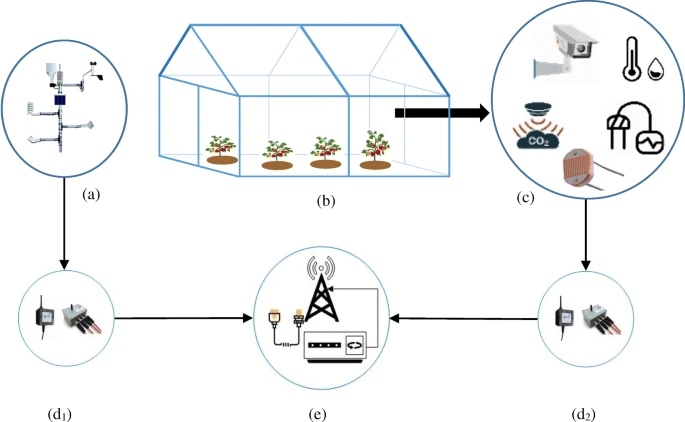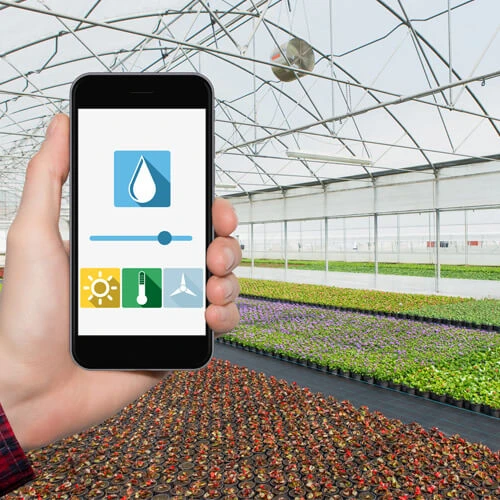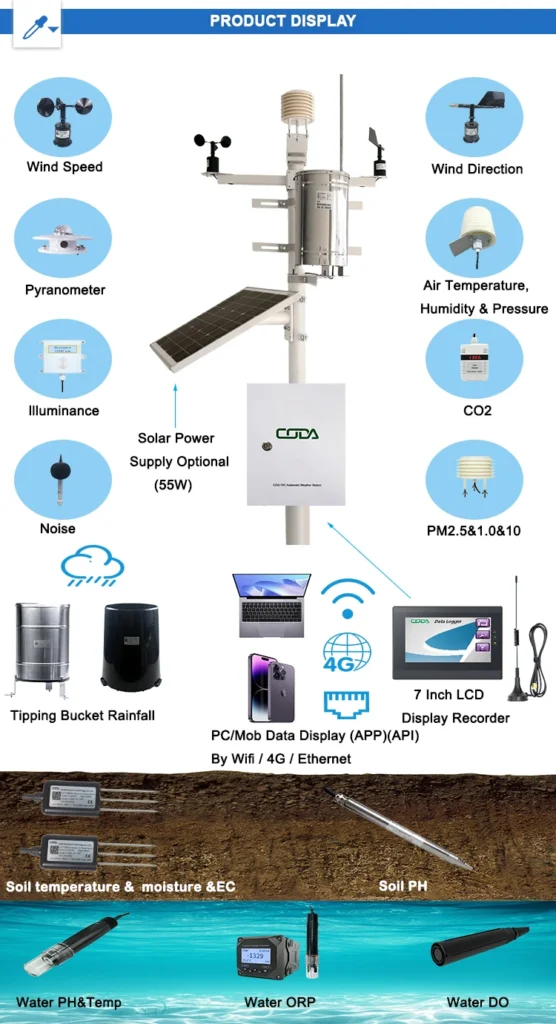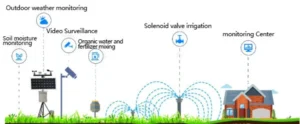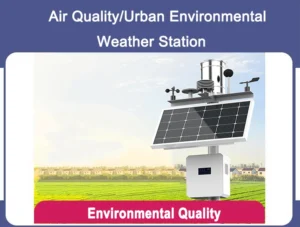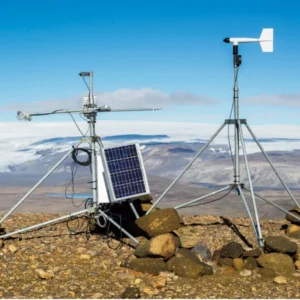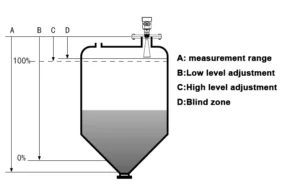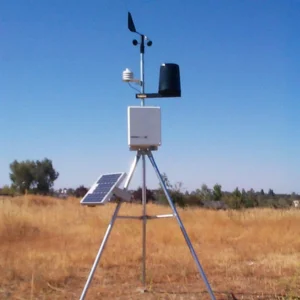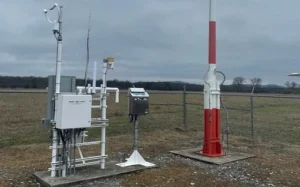best sensors for greenhouse monitoring
**Why Greenhouses Need Sensors**
The main goal of using sensors in a greenhouse is to watch and manage the environment. This helps improve crop growth and increase yield. Here are some important reasons to use sensors in greenhouses:
1. **Access to Real-Time Data**
Greenhouses need constant monitoring and quick action to support crops as they grow. Sensors give accurate, real-time data. This helps farmers know about conditions and change their plans when needed.
2. **Ensuring Precision in Environmental Control**
Temperature, humidity monitoring, light, and carbon dioxide levels have a big impact on plant growth. Farmers can use sensors to control these factors. This helps create a space that meets the needs of their plants.
3. **Reduced Manual Management Efforts**
Automation with sensors cuts down on the need for much manual supervision. This reduces labor costs and mistakes made by people. This boosts production efficiency and keeps crop quality consistent. It helps lessen the bad effects of weak management.
4. **Better Pest and Disease Prevention**
Bad conditions in greenhouses can cause pests and diseases to spread. Wireless sensors help find problems quickly. This lets farmers act fast and effectively. As a result, they can protect their crops and reduce losses.
5 Essential Sensors for Greenhouses
To sensor monitors and control greenhouse environments well, we use a mix of different sensors. The most common ones are:
1. **Temperature Sensors**
Temperature sensors are instrumental in tracking temperature shifts within the greenhouse. This lets you change heating or ventilation systems. This helps keep the best greenhouse temperature for crops.
Good soil temperature control helps crops grow in the right range. This directly improves their quality and yield.
2. **Humidity Sensors**
These sensors measure how much moisture is in the air of the greenhouse. This helps improve control of irrigation and ventilation systems. Keeping the right humidity levels helps plants absorb water well. This helps plants grow well and reduces the risk of pests or diseases.
3. **Light Sensors**
Light sensors check how bright the sunlight is in the greenhouse. They help make changes, such as using shade cloths or turning on more lights. Good lighting is important for photosynthesis and plant growth.
Using light sensors helps make the most of natural light. They also give extra light when needed to help crops grow better.
By using these advanced sensors, farmers can keep the best greenhouse conditions. This helps reduce manual work and leads to higher crop yields with better quality. These technologies help make greenhouse management simpler. They also support farming practices that are good for the environment.
4.**CO2 Sensor**
This device measures CO2 levels in a greenhouse. It helps improve ventilation and CO2 levels for better plant growth.
CO2 sensors help monitor CO2 levels in real-time. This allows farmers to manage ventilation and CO2 enrichment more efficiently.
Keeping the right amount of CO2 helps plants a lot. It improves photosynthesis and boosts nutrient absorption. This also supports healthier crop growth.
These sensors help make the greenhouse environment better. This leads to higher yields and better crop quality.
5.**Soil Moisture Sensor**
This sensor goes into the soil to check moisture levels. It helps control watering. This prevents giving too much or too little water.
Soil moisture sensors give accurate and real-time information about how wet the soil is. This helps farmers control their irrigation systems more precisely. This helps plants get enough water. It also prevents waste, waterlogged soil, and root diseases.
By keeping the right moisture level, farmers can meet plants’ needs. This helps improve productivity and sustainability.
Value and Function of Greenhouse Sensors: These sensors help farmers by giving accurate, real-time data. This data allows them to manage and control greenhouse conditions better. By using this technology, farmers can create a better growing environment. This leads to more productivity and better crop quality.
When using greenhouse sensors in management practices, Some key factors can help make them more effective:
1. **Selecting the Right Sensor:**
Different sensors have different purposes and uses. “Select sensors that fit your needs and the greenhouse environment.” This will help make sure they give accurate data and work well with your current equipment or remote monitoring systems.
2. **Proper Installation:**
The placement and setup of sensors are key to accurate data collection. Place them in areas protected from direct sunlight, strong winds, or other outside disturbances. Make sure there is enough space between the sensor and nearby plants or objects. This will help avoid errors or interference.
3. **Calibration and Maintenance:**
To keep data accurate, it is important to regularly calibrate and maintain equipment. Follow the manufacturer’s guidelines for regular service and inspections. This will help make sure the sensor works properly.
4. **Data Interpretation and Decision-Making:**
Collecting good sensor data is just the first step. The true value comes from understanding this data and making good choices.
Check sensor readings carefully. Change ventilation, irrigation, or other systems as needed. Specialized greenhouse management software or expert knowledge can help you gain useful insights.
Farmers can get the best results from greenhouse sensors by picking the right ones. They should also install and care for them properly. They also need to understand the data well and make good decisions.
We need to focus on data security and privacy to keep important information safe. These steps help to manage greenhouses better. They help grow more crops and improve their quality.
